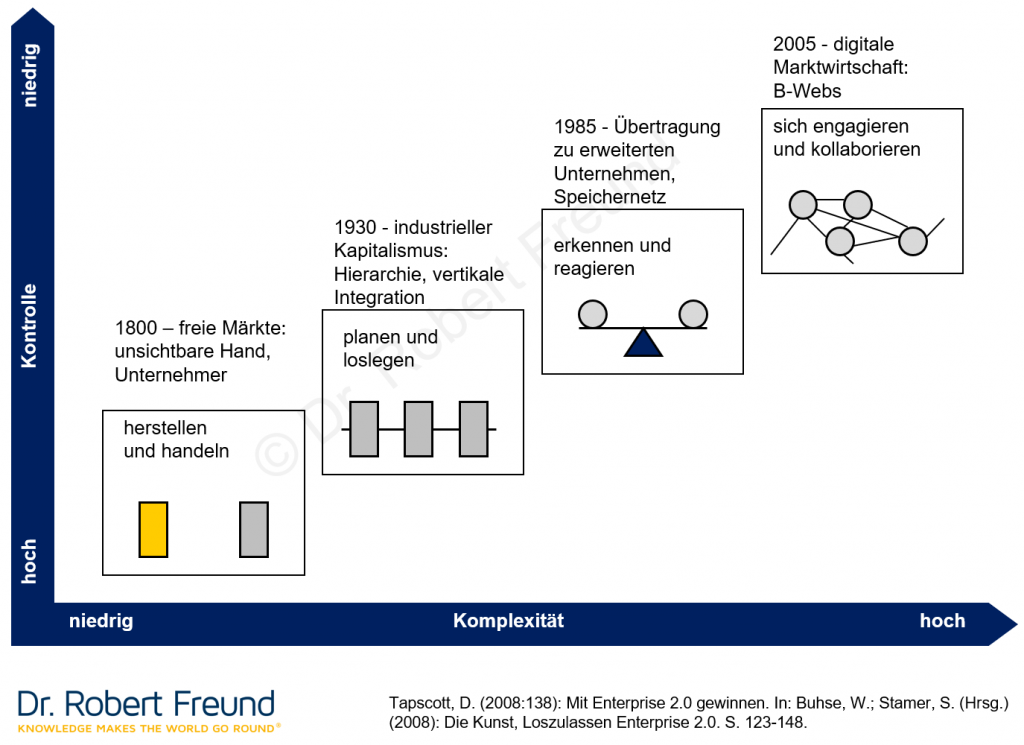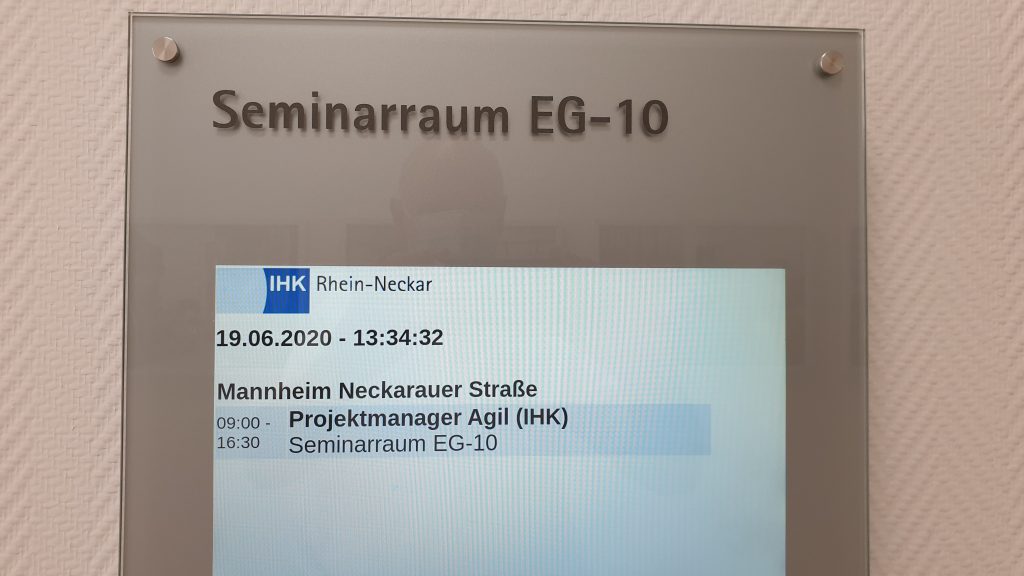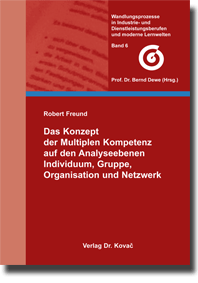
Der Begriff “Innovation” unterscheidet sich von “Idee” und “Invention” (Erfindung). Darüber hinaus ist eine Definition von Innovation für vielfältige Statistiken zum Thema wichtig. In den letzten Jahren kann es hier zu einer Veränderung/Weiterentwicklung der Definition, die im Oslo Manual aus dem Jahr 2005 formuliert war, und nun neu im Oslo Manual 2018 verfasst wurde.
The Oslo Manual distinguishes between innovation as an outcome (an innovation) and the activities by which innovations come about (innovation activities). This edition defines an innovation as “a new or improved product or process (or combination thereof) that differs significantly from the unit’s previous products or processes and that has been made available to potential users (product) or brought into use by the unit (process)”. This general definition is given a more precise formulation for use with businesses, which represent the main focus of this manual (Oslo Manual 2018).
Diese Definition unterscheidet nicht mehr vier (Produktinnovationen, Prozessinnovationen, organisationale Innovationen oder Marketinginnovationen), sondern nur noch zwei Innovationen (Produkt und Prozess).
The types of innovations have been reduced from four to two: wherethe CIS 2016 and earlier editions differentiate between product, process, organisational and marketing innovation, the CIS 2018 and future editions differentiate between product and business process innovations, the latter comprising the previous three types process, organisational and marketing innovation (European Innovation Scoreboard 2020:38).
Interessant ist, dass im European Innovation Scoreboard 2020 Prozessinnovationen in Business Process Innovation konkretisiert, und somit User Innovation nach Eric von Hippel weiterhin ausgeschlossen werden. Diese Bottom-Up-Innovationen sind allerdings in den letzten Jahrzehnten zu einem nicht mehr zu vernachlässigenden Teil der Gesamtinnovationen einer Region, eines Landes oder der EU geworden.











